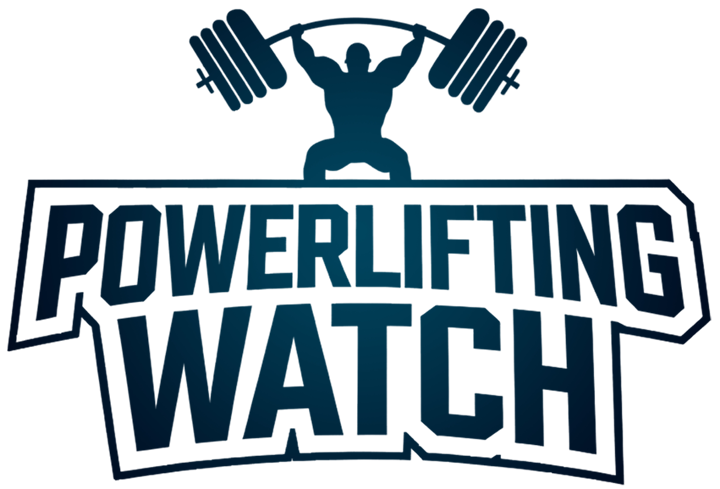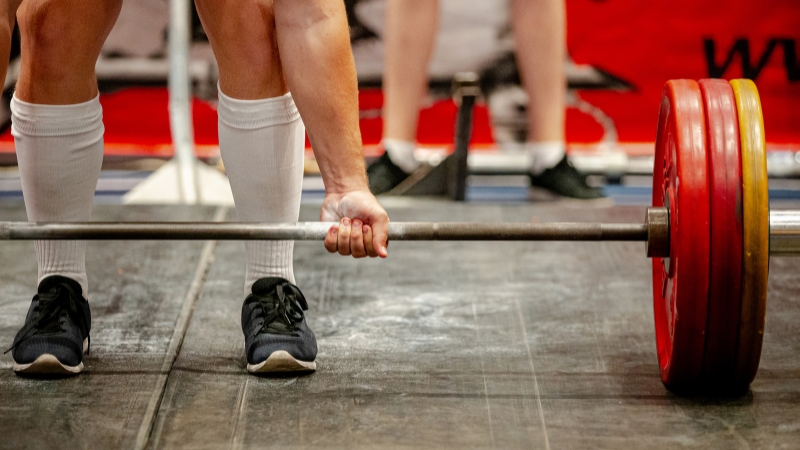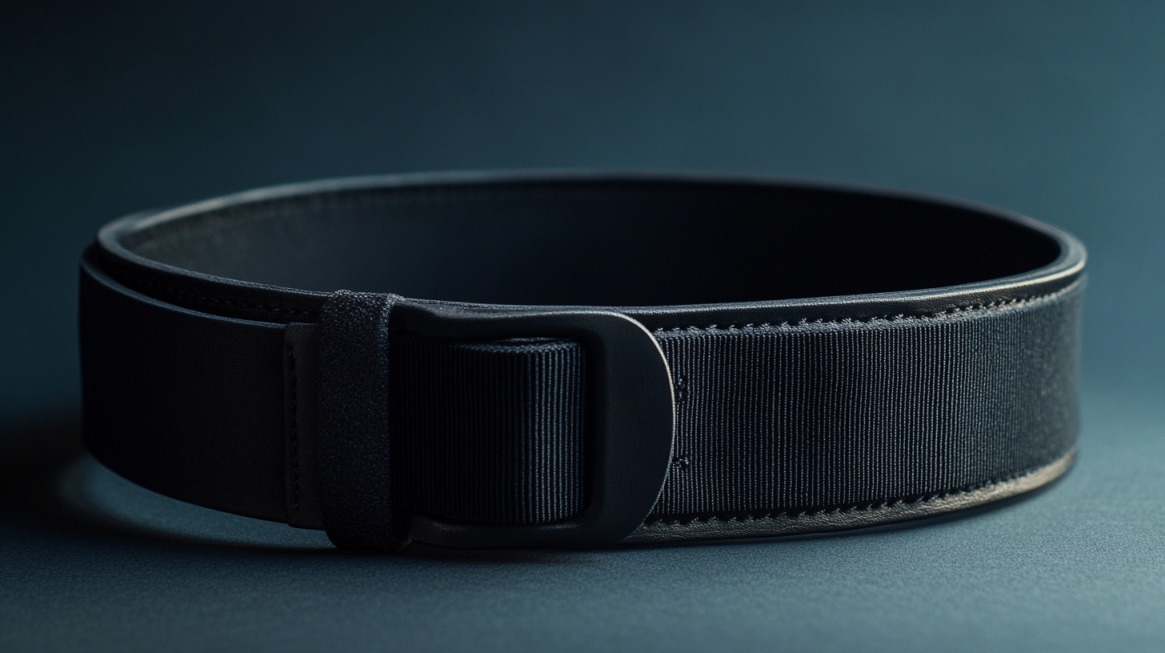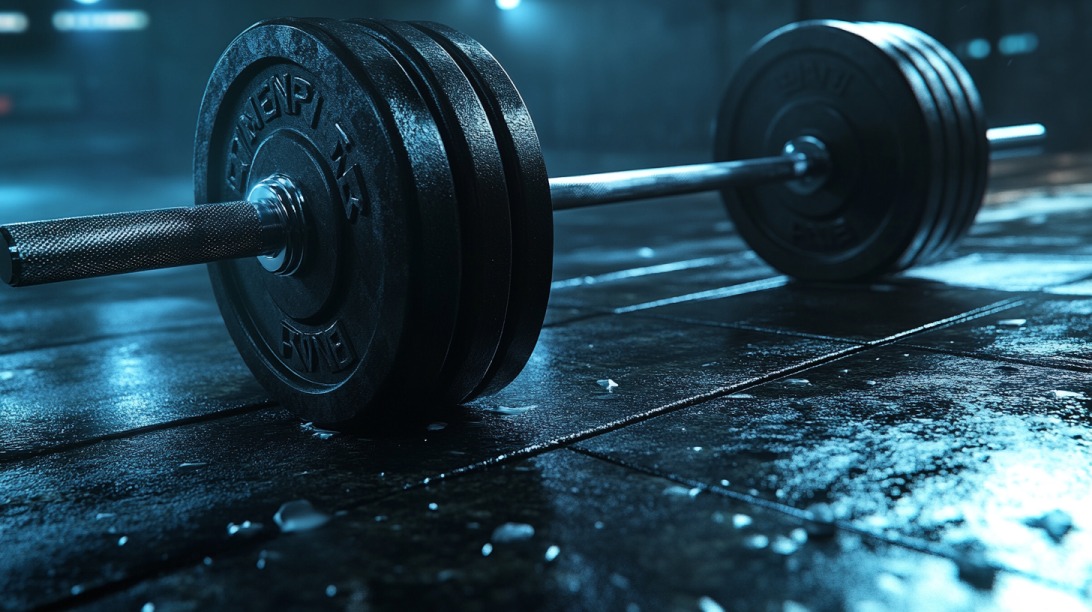To qualify for national-level powerlifting meets in the United States, you must compete at an official sanctioned event in your chosen federation (USPA, IPF/USAPL, or WRPF), achieve a total that meets or exceeds the qualifying standard for your division (age, sex, and weight class), and do so within the federation’s qualifying period.
The exact numbers and requirements vary by federation, but generally, qualifying totals are set to ensure that only the top-performing lifters, often the top 10–15% are eligible.
Most federations require your qualifying meet to be a full power meet (squat, bench, deadlift), use the federation’s rules for equipment and judging, and be officiated by certified referees. In some cases, you also need to register for the national competition before the deadline and maintain an active membership with the federation.
General Qualification Path
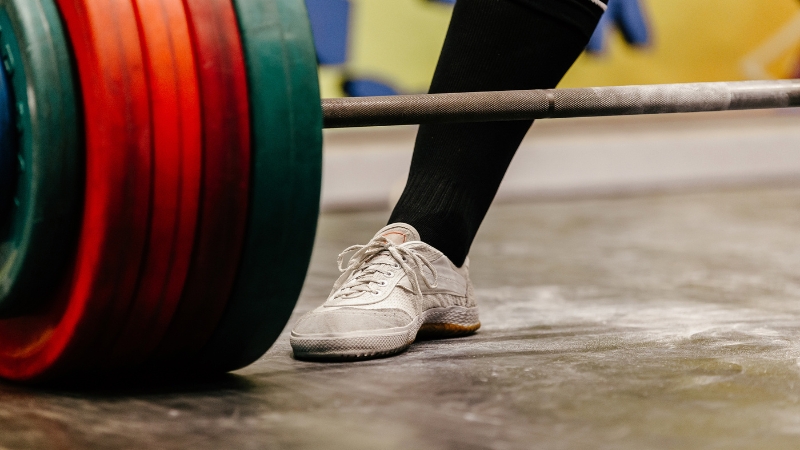
Although each federation publishes its rulebook, the path to national qualification follows a similar structure. First, you must become a registered member of the federation in which you intend to compete.
Memberships are typically renewed annually, and failure to have an active membership on the date of your qualifying meet will result in your lifts being invalid for qualification purposes.
After joining, you must register for a sanctioned meet that is recognized by your federation. Sanctioned meets are listed on the federation’s official website, and participation in an unsanctioned event – even if it is run with similar rules – will not be accepted.
The qualifying performance must occur within the federation’s designated qualifying period. For many federations, this period begins on January 1 of the year preceding Nationals and ends several weeks before the national event to allow for verification of results.
Hitting the qualifying total is not simply about lifting a certain weight; the lifts must also meet the federation’s technical standards. Depth in the squat, pauses on the bench, and lockout on the deadlift are strictly enforced, and any lift receiving three red lights will not count toward your total.
Finally, once the qualifying performance is achieved, you must complete the registration process for Nationals before the deadline. Failure to register on time, even with a qualifying total, means you will not be on the platform at Nationals.
United States Powerlifting Association (USPA)
View this post on Instagram
The USPA operates one of the largest meet calendars in the country, offering both tested and non-tested divisions. To qualify for USPA Nationals, you must have an active membership and achieve the qualifying total for your weight class and division within the specified period.
The qualifying meet must be a full power competition held under USPA sanction, and your total must be earned in the division you plan to compete in at Nationals.
The federation distinguishes between raw, raw with wraps, and equipped lifting, and the qualifying totals differ accordingly.
For example, in the 2025 raw open men’s division, the qualifying total for the 90 kg class is 710 kg (1565 lbs), while the 100 kg class requires 750 kg (1653 lbs).
These numbers are designed to ensure that only a small percentage of competitors make it to Nationals, keeping the field competitive. Separate charts exist for women, masters, juniors, and the tested division.
Weight Class (kg)
Total (kg)
Total (lbs)
60
500
1102
67.5
555
1223
75
610
1344
82.5
665
1466
90
710
1565
100
750
1653
110
785
1730
125
815
1797
140
840
1852
140+
860
1896
The USPA allows 24-hour weigh-ins for most meets, giving lifters more recovery time after cutting weight.
This can influence strategy, as some lifters choose to drop into a lighter weight class to take advantage of potentially lower qualifying totals.
Nationals registration often closes 6–8 weeks before the competition, and places can fill quickly, particularly in popular divisions, so early registration is recommended.
International Powerlifting Federation / USA Powerlifting (IPF / USAPL)
USA Powerlifting is the American affiliate of the International Powerlifting Federation, which means its rules, equipment standards, and drug testing protocols align with international standards.
To qualify for USA Powerlifting Nationals, you must earn your total at a USA Powerlifting-sanctioned meet or an IPF competition, have an active membership at the time of the meet, and comply with the strict anti-doping requirements.
All meets are drug-tested under WADA protocols, and lifters must comply with the banned substance list year-round.
The qualifying period is similar to the USPA’s but is tied more closely to the federation’s competition calendar, with exact dates published each year. The qualifying meet must be a full power event; push-pull or single-lift competitions do not count toward national qualification.
Technical standards in USA Powerlifting are among the strictest in the sport, with a particular emphasis on squat depth, bench pauses, and clean deadlift lockouts. All lifts are judged by three referees, and two red lights are enough to invalidate a lift.
In the 2025 raw open men’s division, the qualifying total for the 93 kg class is 700 kg (1543 lbs), while the 105 kg class requires 740 kg (1631 lbs). Totals are adjusted for juniors, masters, and women’s divisions, and separate standards exist for equipped lifting.
Weight Class (kg)
Total (kg)
Total (lbs)
59
475
1047
66
535
1179
74
595
1312
83
650
1433
93
700
1543
105
740
1631
120
770
1698
120+
790
1742
A key difference with USA Powerlifting is the two-hour weigh-in, which allows less recovery time for lifters cutting weight.
This encourages many lifters to compete closer to their walking weight rather than making drastic cuts. For those aiming to compete internationally, qualifying at Nationals can open the door to selection for IPF World Championships, provided the lifter also meets IPF nomination totals.
World Raw Powerlifting Federation (WRPF)
@duerdenstrength Top day yesterday in the WRPF qualifier in Horncastle. Great place to hit 300kg raw deadlift. I can’t wait to do it all again. #wrpf #powerlifting #powerliftingmotivation #powerlifter #maxeffort #deadlift #compprep ♬ Metal Attack – Toxic Holocaust
The WRPF has grown rapidly in the U.S. over the past decade and is known for its more flexible rule interpretations compared to IPF standards.
To qualify for WRPF Nationals, you must hold an active membership and achieve the qualifying total at a WRPF-sanctioned meet within the published qualifying period. Like the other federations, this total must be earned in a full power meet.
WRPF Nationals typically hosts both tested and non-tested divisions, each with its own qualifying totals.
For example, in the 2025 raw open men’s division, the qualifying total for the 90 kg class is 705 kg (1554 lbs), while the 110 kg class requires 780 kg (1719 lbs). Equipment divisions are split into raw, raw with wraps, and equipped, with totals reflecting the performance advantage of each.
Weight Class (kg)
Total (kg)
Total (lbs)
60
495
1091
67.5
550
1212
75
605
1334
82.5
660
1455
90
705
1554
100
745
1642
110
780
1719
125
810
1786
140
835
1839
140+
855
1885
Most WRPF events offer 24-hour weigh-ins, and the federation’s rapid growth means there are now more sanctioned meets available, giving lifters more opportunities to qualify throughout the year.
The rules are still enforced by certified referees, but depth and pause standards tend to be judged with slightly more leniency than in IPF-affiliated federations.
Key Differences and Strategic Considerations
While all three federations require sanctioned meets, full power totals, and active memberships, the differences in weigh-in times, drug testing, technical rules, and qualifying totals can significantly influence an athlete’s strategy.
IPF/USAPL’s strict judging and two-hour weigh-ins place a premium on technical precision and consistent strength at a near-competition bodyweight. USPA and WRPF, with their 24-hour weigh-ins, allow more aggressive weight cuts, which can be advantageous for lifters aiming to qualify in a lighter weight class with lower totals.
Drug testing policies also vary: USA Powerlifting tests all lifters, while USPA and WRPF have separate tested and non-tested divisions, each with its own qualifying charts.
Bottom Line
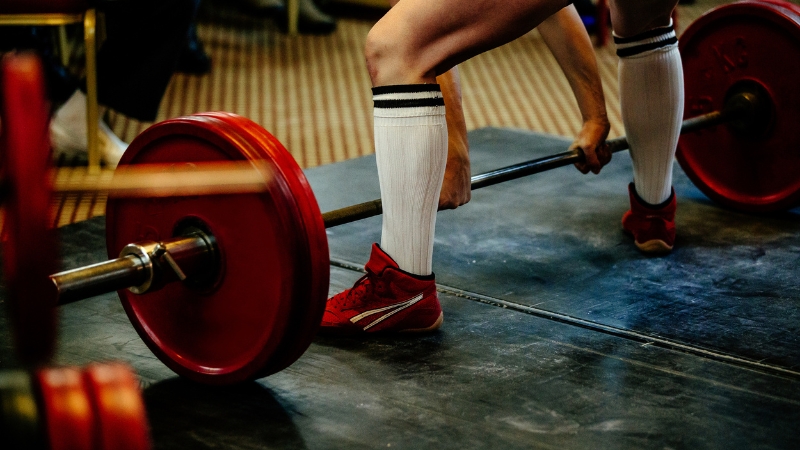
Qualifying for a national-level powerlifting meet in the USPA, IPF/USAPL, or WRPF comes down to meeting the right total at the right time in the right setting.
You need to be a current member of your federation, compete in an officially sanctioned full power meet, and hit the published qualifying standard for your weight class, division, and equipment category within the official qualifying period.
Top men’s powerlifting records in the USA often set the benchmark that ambitious lifters use to gauge their own progress toward national qualification.
While the numbers differ between federations, the underlying requirements are consistent: follow the technical rules, make your lifts count, and get your registration in before the deadline.
Whether you choose the strict, drug-tested path of USA Powerlifting, the expansive platform options of the USPA, or the growing flexibility of the WRPF, success depends on planning your season around a qualifying opportunity and executing under competition conditions.
If you can do that, you will have earned your place among the strongest lifters in the country on the national stage.
